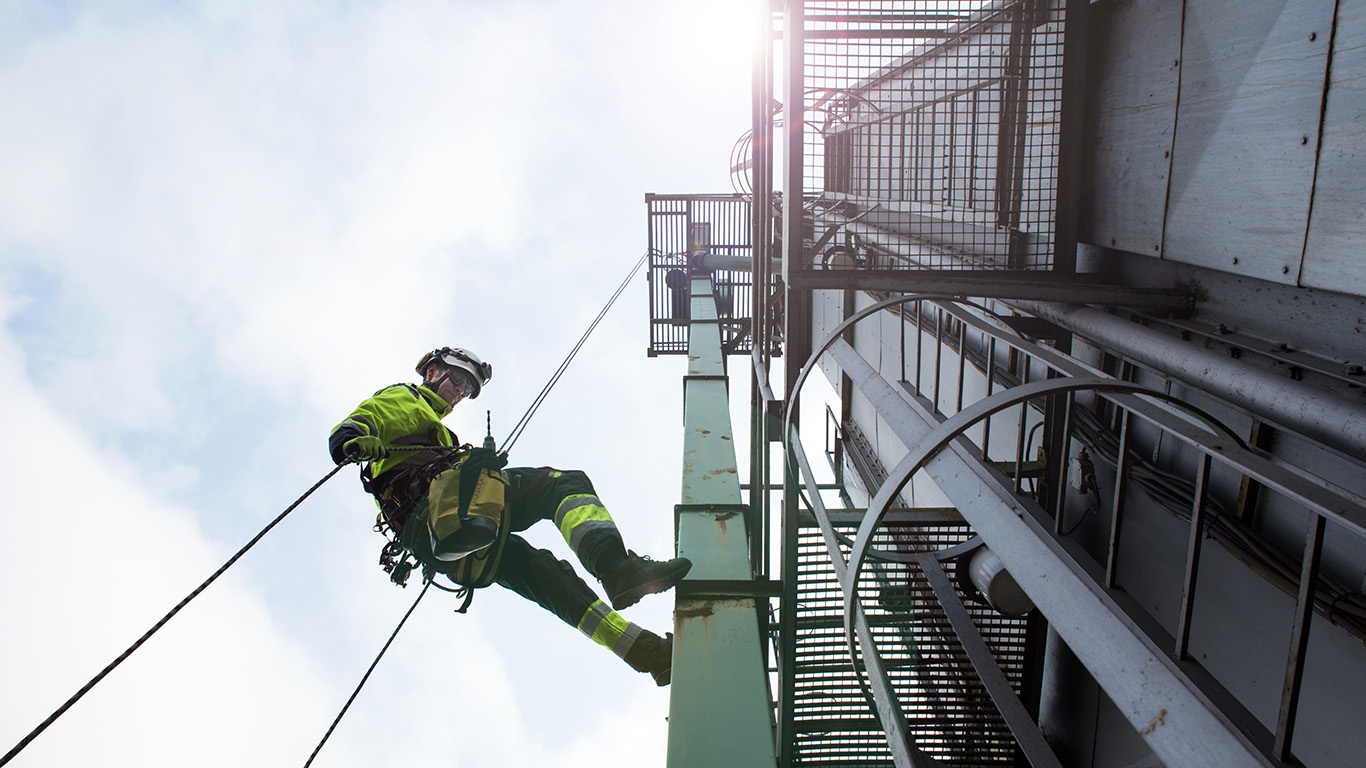

In 2017 there were 5,147 accidental deaths in the American workplace. This figure is slightly down from 2016’s 5,190 deaths, but is still close to the highest annual total in a decade. One cause for these high totals is the rising toll of drug overdoses experienced by workers on the job. Drug overdose deaths on the job have increased by at least 25% in each of the last five years.
These figures come from the Bureau of Labor Statistics’ annual National Census Of Fatal Occupational Injuries report. The report shows that certain occupations carry a much higher risk of dying on the job than others.
In an interview with 24/7 Wall St., Ken Kolosh, manager of statistics at the National Safety Council, stated that the occupations with the highest fatality rates tend to have one of three things in common: they involve working from dangerous heights where a fall would be fatal; they involve frequent contact with dangerous machinery; or they involve driving for substantial periods. “Motor vehicle injuries are relatively rare in the workplace, but when a motor vehicle crash occurs, it tends to be very serious or fatal.” Kolosh explained.
24/7 Wall St. reviewed workplace fatality rates by occupation to identify the 25 most dangerous jobs. Those working in the jobs on this list are prone to deadly slips and falls, inadvertent contact with dangerous substances or equipment, and even violent altercations. Fatality rates for each of these jobs are more than double the rate across all occupations — and in some cases over 20 times higher.
Click here to see the 25 most dangerous jobs in America.
To determine the 25 most dangerous jobs, 24/7 Wall St. reviewed fatal injury rates for 72 occupations from the Bureau of Labor Statistics’ Census of Fatal Occupational Injuries. Injury rates were calculated as the number of fatal occupational injuries per 100,000 full-time equivalent workers, where a full-time worker is equivalent to 2,000 hours worked by an employee during the calendar year, and are for 2017. Data on median annual wages and total employment came from the Occupational Employment Statistics program of the BLS and are as of May 2017. Data on nonfatal injuries are for the private sector only, and came from the Injuries, Illnesses, and Fatalities program of the BLS for 2017.

25. Electricians
> Fatal injuries in 2017: 8.4 per 100,000 workers
> Total: 74 fatal injuries, 4,890 nonfatal injuries
> Most common fatal accidents: Falls, slips, trips
> Median annual wage: $54,110
Electricians fix and install power, communications, lighting, and control systems in homes, businesses, factories, and more. While electrical burns might be expected to be the most common fatal injury among electricians, it was actually falls, slips, and trips that accounted for the highest share of the 74 fatal accidents experienced by the group last year. About 1.0% of injuries incurred on the job are fatal, nearly twice the 0.6% national average.
Electricians may also be required to work in cramped spaces, standing or kneeling for long period of times, which can result in injury or disability in the long term.
[in-text-ad]
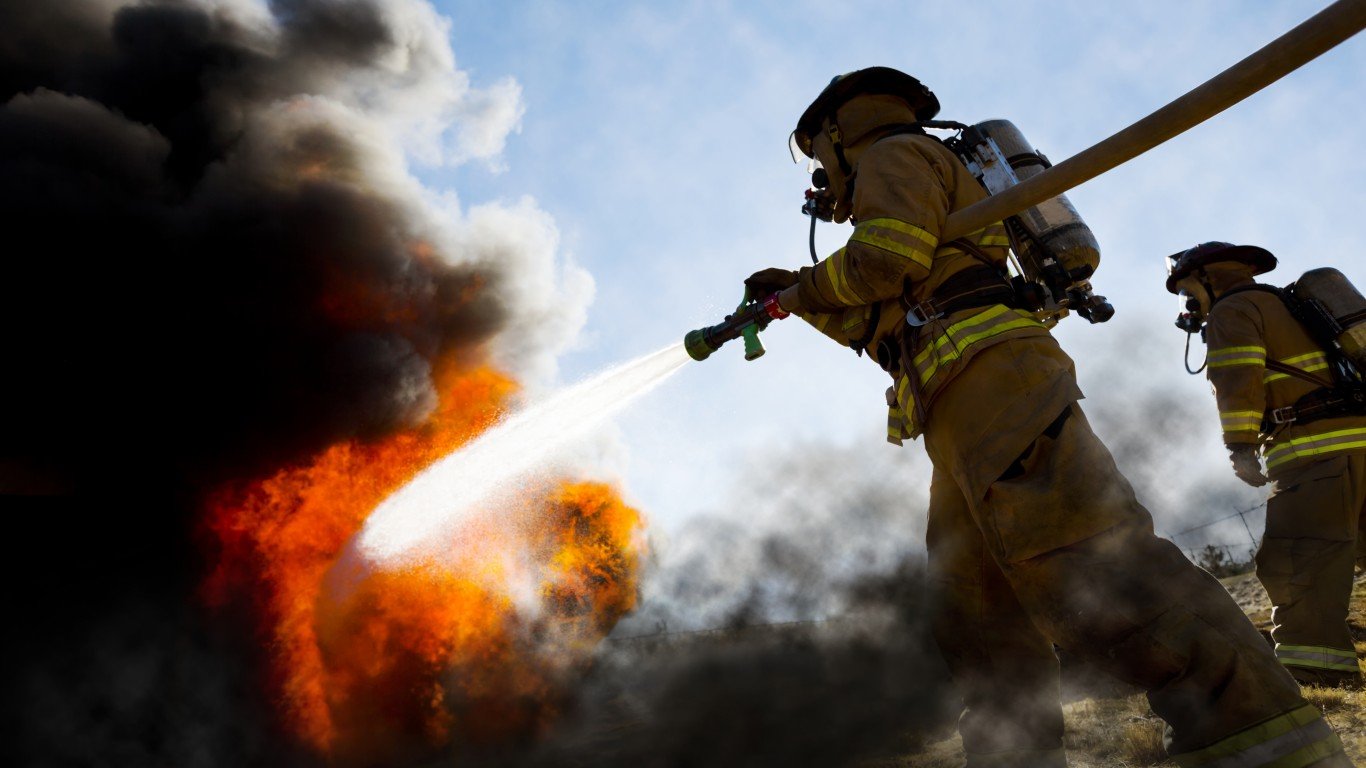
24. Firefighters
> Fatal injuries in 2017: 8.9 per 100,000 workers
> Total: 34 fatal injuries
> Most common fatal accidents: Transportation incidents
> Median annual wage: $49,080
As of last year, there were over 300,000 American firefighters, just over two thirds of which were volunteers, meaning they were employed on a retainer basis. These men and women have one of the deadliest work environments of any occupation. Firefighters are at risk of injury or death due to burns, smoke inhalation, and collapsing structures.

23. Painters, Construction and Maintenance
> Fatal injuries in 2017: 8.9 per 100,000 workers
> Total: 44 fatal injuries, 4,200 nonfatal injuries
> Most common fatal accidents: Falls, slips, trips
> Median annual wage: $37,960
Construction and maintenance painters apply paint, stain, and other coatings to buildings and other structures. They often work in demanding or dangerous environments and can sustain injury from lifting heavy objects and exposure to chemicals and other irritants. The most common cause of fatal injury among professional painters is alls and trips while working on ladders or other elevated locations.
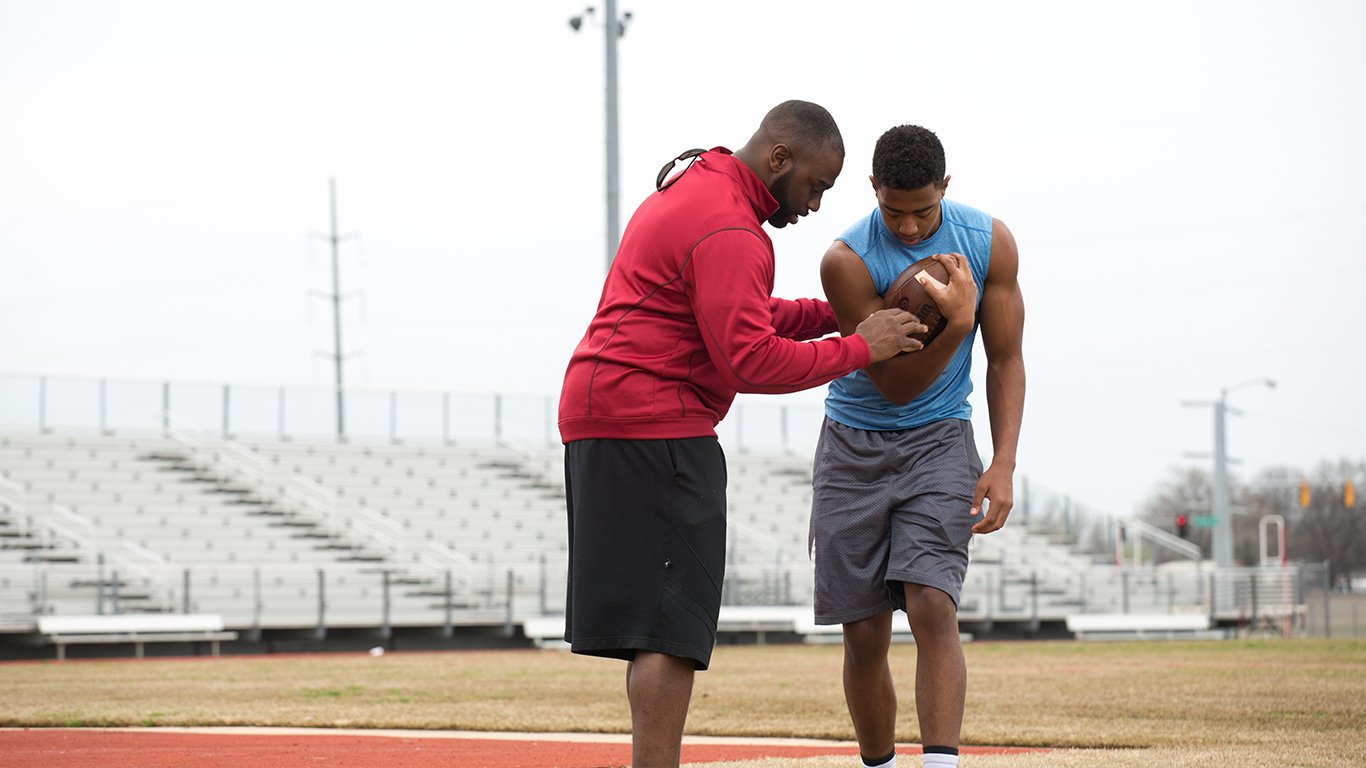
22. Athletes, Coaches, Umpires, and Related Workers
> Fatal injuries in 2017: 9.5 per 100,000 workers
> Total: 24 fatal injuries, 3,170 nonfatal injuries
> Most common fatal accidents: Transportation incidents
> Median annual wage: $32,200
Few would be surprised that injuries are relatively common in the field of professional sports. As time passes, it becomes more and more clear that the long-term effects of repeated concussions, for example, are serious and grim. The average career span of professional athletes in most major sports ranges from three to six years, and one reason for this is the heavy toll elite sports take on the body.
Athletes must travel frequently for work, and while injuries on the field and in training are common, it is accidents during travel that most commonly result in fatalities.
[in-text-ad-2]

21. Taxi Drivers and Chauffeurs
> Fatal injuries in 2017: 10.5 per 100,000 workers
> Total: 62 fatal injuries, 2,640 nonfatal injuries
> Most common fatal accidents: Transportation incidents
> Median annual wage: $24,880
Believe it or not, getting into a car is one of the most dangerous things people do every day. And for those who drive professionally, risks can be especially high. Not surprisingly, vehicle accidents are the most common cause of fatalities for taxi drivers and chauffeurs.
However, a large share of fatalities, about 35%, are the result of violence by other people or animals. Taxi drivers often work late hours and are exposed to potentially dangerous people. They also have a homicide rate over 20 times that of the average worker, according to OSHA.
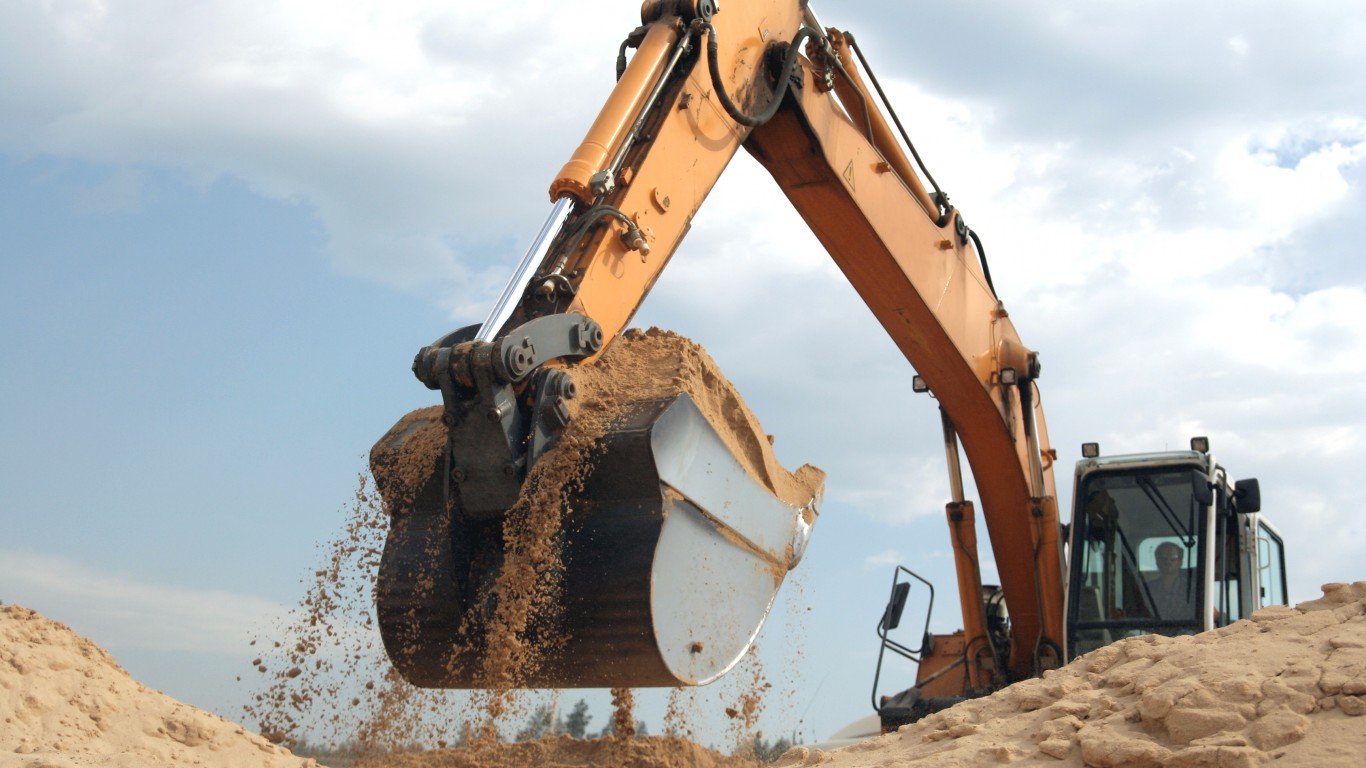
20. Mining Machine Operators
> Fatal injuries in 2017: 11.7 per 100,000 workers
> Total: 7 fatal injuries, 370 nonfatal injuries
> Most common fatal accidents: Contact with objects and equipment
> Median annual wage: $53,200
Mining has long been one of the most dangerous occupations in the world, as it entails working far underground in potentially unstable tunnels with coal dust or other highly combustible materials. Some of the worst workplace disasters in history have been mine collapses or explosions. Today, improved safety regulations and technology have drastically reduced the likelihood of death on the job, but mining is still highly dangerous. Mining machine operators suffer a fatality rate over three times the national rate.
[in-text-ad]

19. Operating Engineers and Other Construction Equipment Operators
> Fatal injuries in 2017: 11.8 per 100,000 workers
> Total: 45 fatal injuries, 2,230 nonfatal injuries
> Most common fatal accidents: Transportation incidents
> Median annual wage: $47,040
Construction is a relatively dangerous industry, and those who operate construction equipment are not much safer than others on the site. There were nearly 12 deaths for every 100,000 full-time engineers and equipment operators in 2017 — fewer than the 14 deaths per 100,000 among construction laborers — but still among the most of any job. Nonfatal injuries are also common. According to the BLS, operating equipment like bulldozers and pile-drivers can lead to long-term injury or disability due to stress from repeated shaking and noise.

18. Police and Sheriff’s Patrol Officers
> Fatal injuries in 2017: 12.9 per 100,000 workers
> Total: 95 fatal injuries
> Most common fatal accidents: Violence and other injuries by persons or animals
> Median annual wage: $61,050
Given the nature of police work, this makes sense. Officers are frequently required to work in high-risk situations, engaging in high-speed chases and confronting potentially violent individuals. The most common cause of workplace fatalities among police officers is direct violence from other people, but a close second is transportation accidents.
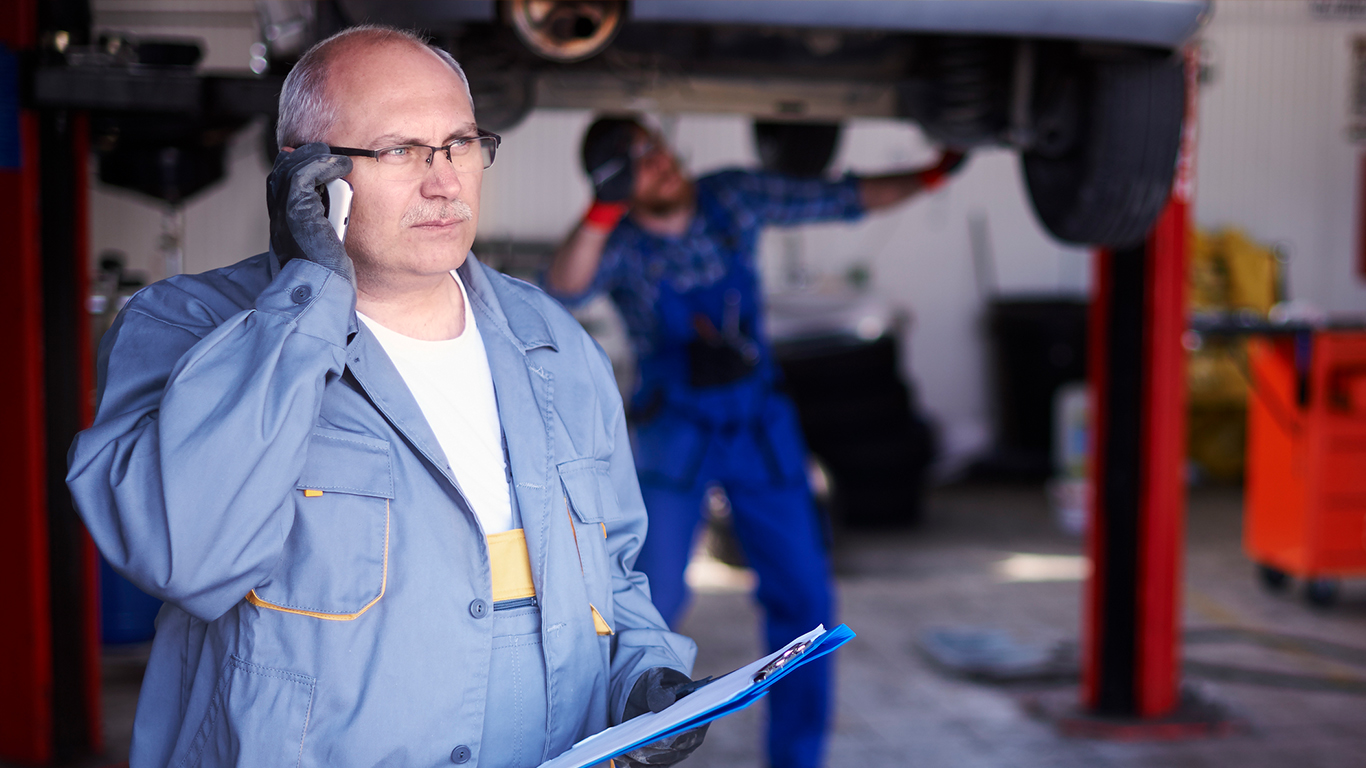
17. First-Line Supervisors of Mechanics, Installers, and Repairers
> Fatal injuries in 2017: 13.1 per 100,000 workers
> Total: 35 fatal injuries, 3,540 nonfatal injuries
> Most common fatal accidents: Transportation incidents
> Median annual wage: $64,780
Workers who directly supervise and coordinate activities of mechanics, installers, and repairers have one of the most dangerous jobs in the country. Approximately 13 in every 100,000 full-time first-line supervisors of mechanics, installers, and repairers died on the job in 2017, roughly four times the national rate of 3.6 deaths for every 100,000 American workers.
Those who work in dangerous conditions are more likely to be compensated at a higher rate, and the high risk of injury associated with this occupation may help explain its annual median wage of $64,780, which is roughly $27,000 higher than the national median wage for all occupations.
[in-text-ad-2]

16. Construction Laborers
> Fatal injuries in 2017: 14.3 per 100,000 workers
> Total: 259 fatal injuries, 21,760 nonfatal injuries
> Most common fatal accidents: Falls, slips, trips
> Median annual wage: $34,530
There were 259 deaths on the job among construction workers in 2017 — or 14.1 deaths per 100,000 full-time construction workers. Construction workers often work at great heights on scaffolding, and roughly one-third of those deaths were caused by slips and falls. Many who work in construction also interact with heavy equipment and powerful tools on a daily basis — and about one in five construction worker deaths in 2017 was caused by contact with equipment.
Nonfatal injuries are also relatively common among construction laborers, totaling 21,760 in 2017 alone.
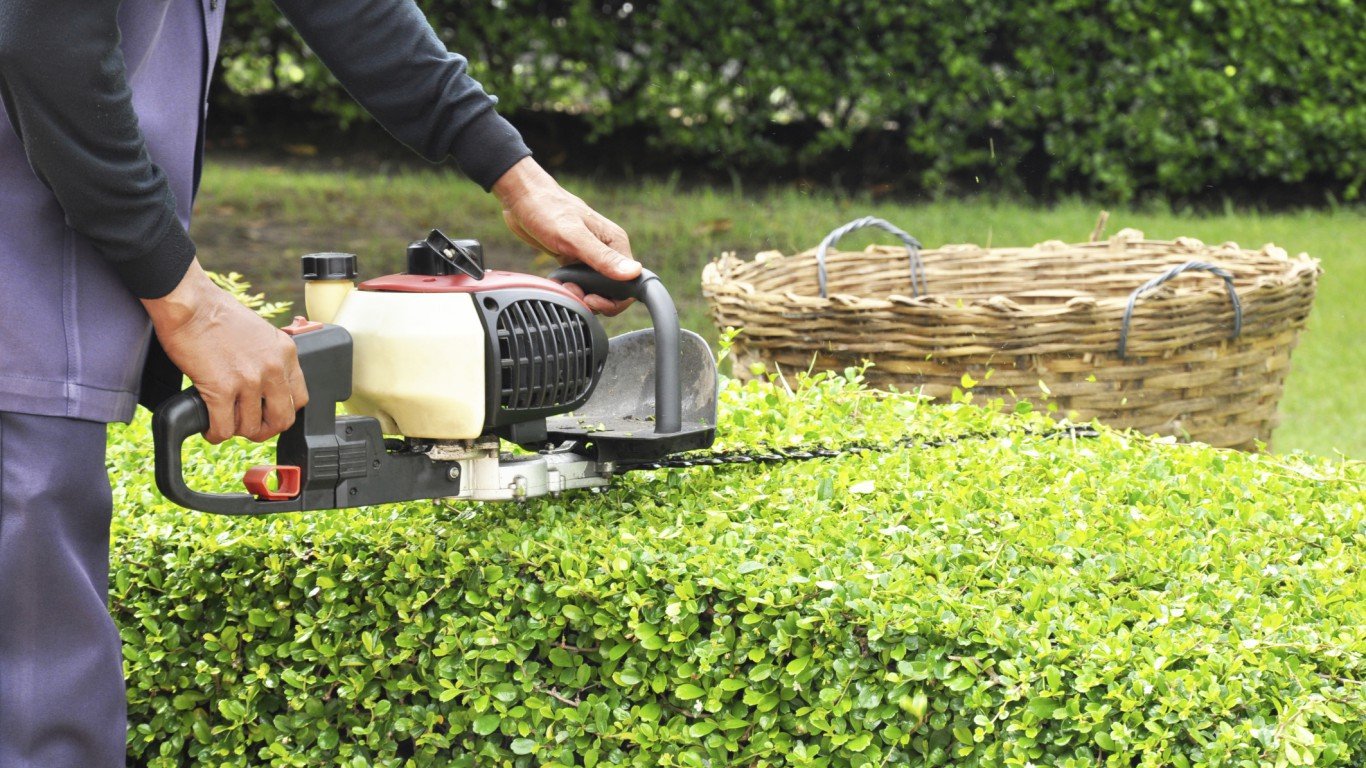
15. Grounds Maintenance Workers
> Fatal injuries in 2017: 15.9 per 100,000 workers
> Total: 191 fatal injuries, 13,310 nonfatal injuries
> Most common fatal accidents: Falls, slips, trips
> Median annual wage: $28,110
Groundskeeping is typically a physically demanding job, performed outdoors in all weather conditions. Fatalities on the job are caused by a range of accidents — from slips and falls to harmful contact with equipment. There were 15.9 fatalities for every 100,000 people working as groundskeepers in 2017 — the 15th highest fatality rate among occupations.
These workers frequently use dangerous equipment, and contact with this equipment is a regular cause of death. Many of them, such as tree trimmers and pruners, work at dangerous heights, and the most common cause of death among grounds maintenance workers are falls, slips, and trips.
[in-text-ad]
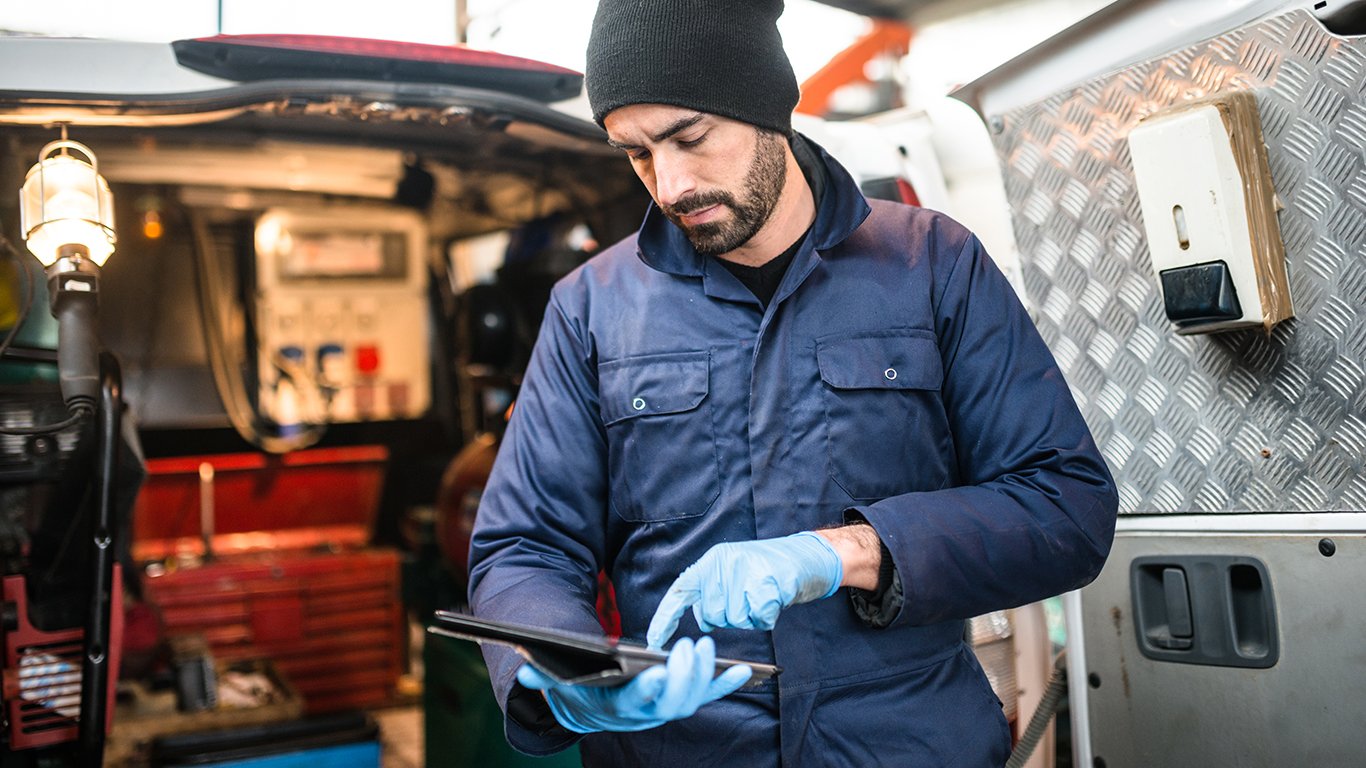
14. Maintenance and Repair Workers, General
> Fatal injuries in 2017: 16.6 per 100,000 workers
> Total: 87 fatal injuries, 23,200 nonfatal injuries
> Most common fatal accidents: Falls, slips, trips
> Median annual wage: $37,670
General maintenance and repair workers are often engaged in multiple tasks throughout a single day — which can include fixing mechanical equipment, repairing flooring, and working on plumbing, electrical, and air-conditioning systems. Repairers often work in uncomfortable and cramped positions, and they are at a greater than typical risk of suffering electrical shocks, cuts, and falls.
Falls, slips, and trips account for one third of all fatal injuries in the profession, the most of any type of accident. Nonfatal injuries, however, are far more common. General maintenance repair workers suffered 87 fatalities and 23,200 nonfatal injuries per 100,000 full-time equivalent workers in 2017, each among the most of any profession per capita.

13. Helpers, Construction Trades
> Fatal injuries in 2017: 17.3 per 100,000 workers
> Total: 11 fatal injuries, 2,660 nonfatal injuries
> Most common fatal accidents: Falls, slips, trips
> Median annual wage: $30,120
Construction work in general is among the most dangerous in the country — four separate occupations within the construction industry are among the 25 most dangerous. Helpers in construction trades have the second highest fatality rate among those four occupations. As is the case for most occupations in construction, falls, slips, and trips are the most common cause of fatalities.
Unlike the majority of the jobs with the highest fatality rates, a relatively small share of injuries result in fatalities. There were 11 fatal injuries and 2,660 nonfatal injuries among construction helpers. Nationally, 0.58% of all workplace injuries in 2017 were fatal, compared to the 0.41% of injuries among construction helpers.

12. First-Line Supervisors of Construction Trades and Extraction Workers
> Fatal injuries in 2017: 17.4 per 100,000 workers
> Total: 121 fatal injuries, 5,320 nonfatal injuries
> Most common fatal accidents: Falls, slips, trips
> Median annual wage: $64,070
While managers in some jobs tend to perform less dangerous or physically demanding work than those they supervise, first-line supervisors in construction and extraction jobs are actually one of the most at-risk groups of workers in the country. This group suffered 121 deaths in 2017, one of the highest totals of any occupation.
[in-text-ad-2]
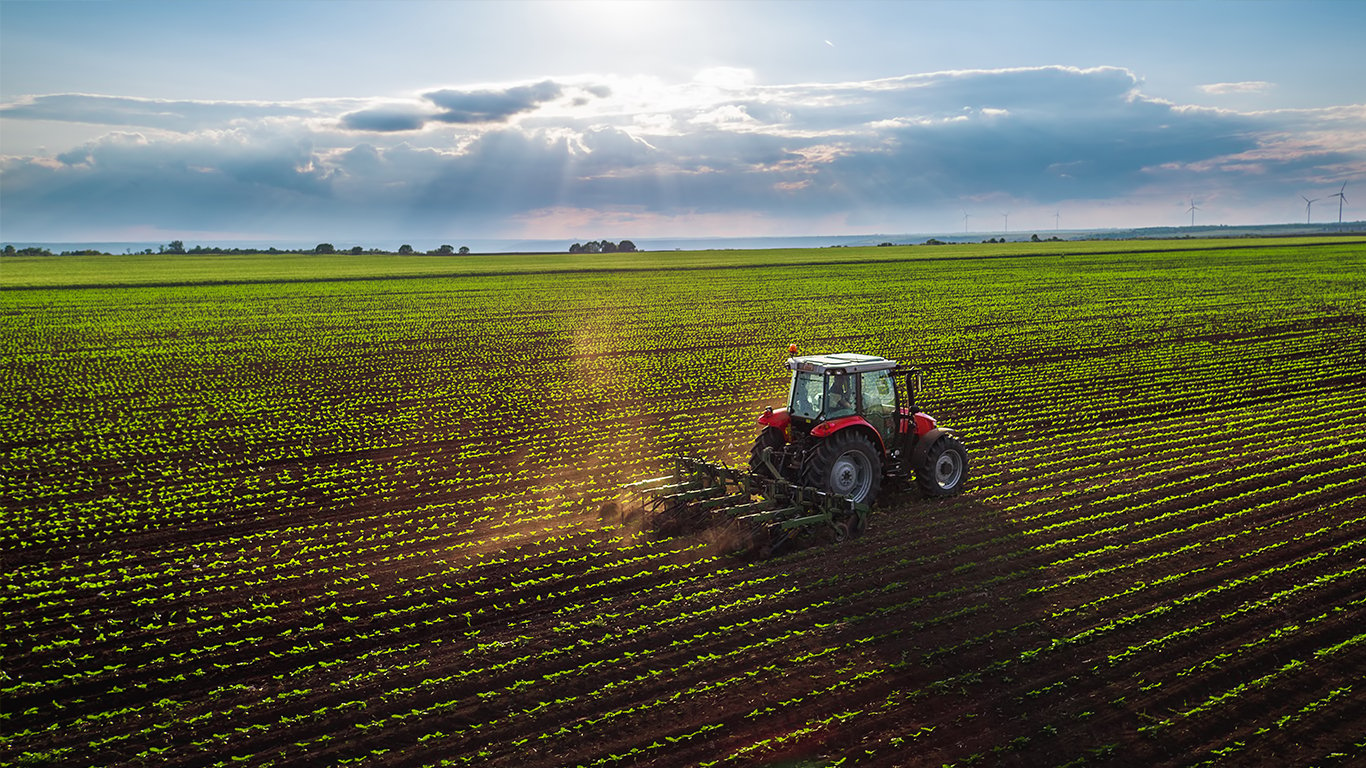
11. Miscellaneous Agricultural Workers
> Fatal injuries in 2017: 17.7 per 100,000 workers
> Total: 154 fatal injuries, 13,500 nonfatal injuries
> Most common fatal accidents: Transportation incidents
> Median annual wage: $23,710
Approximately half of all fatal injuries affecting miscellaneous agricultural workers were caused by transportation incidents — many of which involved motorized off-road vehicles, such as tractors. The occupation also results in a relatively large amount of nonfatal injuries at 1,555 for every 100,000 workers — nearly double the comparable national rate. Many workers employed in dangerous occupations are compensated for the assumed risk with a higher wage, but in addition to being a dangerous job, miscellaneous agricultural workers are the lowest paid of all the jobs on our list. The median annual earnings for someone in this profession is $23,710.

10. Electrical Power-Line Installers and Repairers
> Fatal injuries in 2017: 18.6 per 100,000 workers
> Total: 26 fatal injuries, 1,710 nonfatal injuries
> Most common fatal accidents: Exposure to harmful substances or environments
> Median annual wage: $69,380
Electrical power-line installers and repairers are well compensated for their work, with a median annual wage of more than $69,000. The work is physically demanding, however, and exceptionally dangerous. Those in this line of work must deal with high voltage power lines, often at great heights. Therefore, both live wires and risk of falling are common hazards.
[in-text-ad]
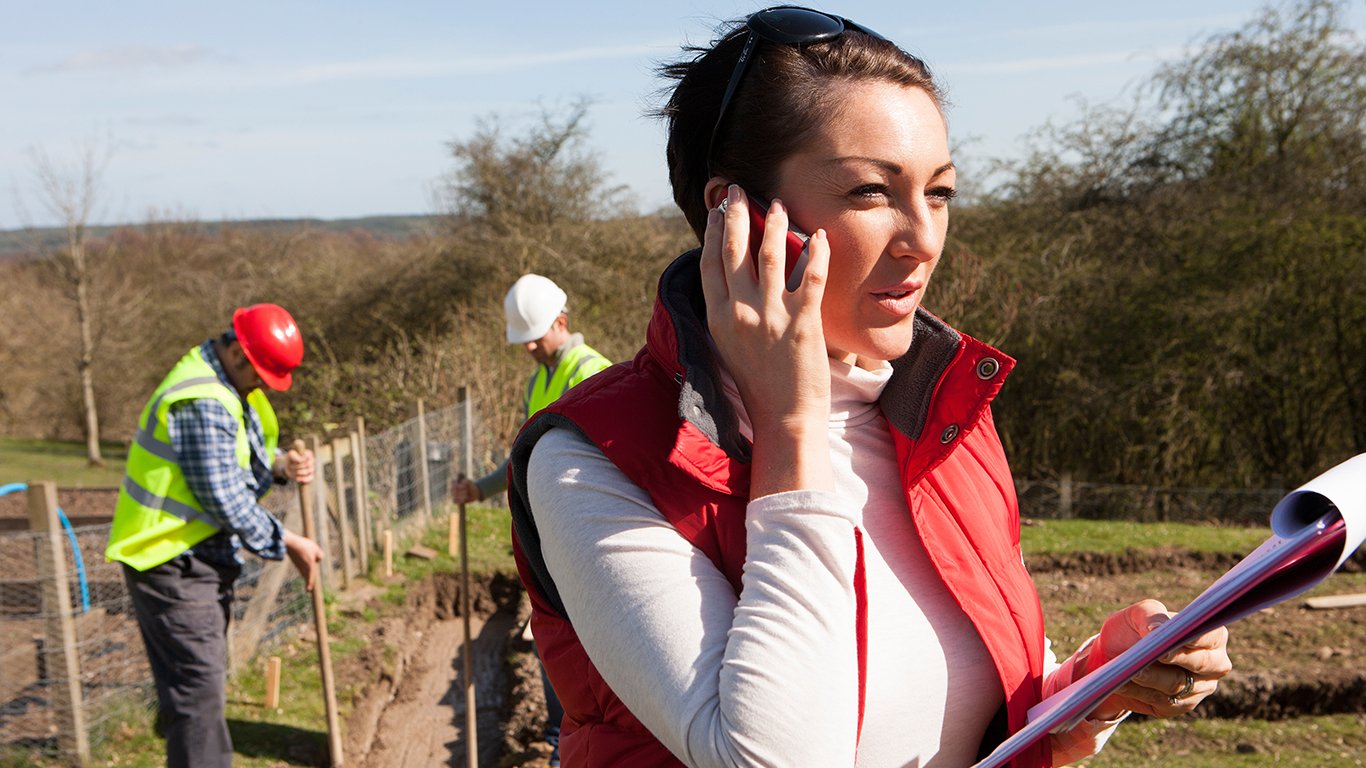
9. First-Line Supervisors of Landscaping, Lawn Service, and Groundskeeping Workers
> Fatal injuries in 2017: 21.0 per 100,000 workers
> Total: 53 fatal injuries, 1,040 nonfatal injuries
> Most common fatal accidents: Contact with objects and equipment
> Median annual wage: $47,030
Grounds maintenance work is one of the most dangerous jobs in the United States and frequently requires the use of powerful machinery, such as chainsaws, tractors, and lawnmowers. As a result, the most common cause of death on the job is unintended contact with objects and equipment. Tree trimming and pruning, which can take place at elevated heights, are also activities that may result in injury.

8. Farmers, Ranchers, and Other Agricultural Managers
> Fatal injuries in 2017: 24.0 per 100,000 workers
> Total: 258 fatal injuries, 180 nonfatal injuries
> Most common fatal accidents: Transportation incidents
> Median annual wage: $69,620
A large portion of fatal injuries among farmers, ranchers, and other agricultural managers result from incidents involving motorized vehicles. Tractors, tools, and other farm machinery also pose safety liabilities. The job is one of the few in which there were more fatal injuries than nonfatal in 2017. A surprising 58.9% of injuries resulted in death.

7. Driver/Sales Workers and Truck Drivers
> Fatal injuries in 2017: 26.9 per 100,000 workers
> Total: 987 fatal injuries, 77,470 nonfatal injuries
> Most common fatal accidents: Transportation incidents
> Median annual wage: $37,610
Most of the driver/sales workers and truck drivers are delivery drivers who spend much of their time on the road in both light and heavy trucks. Not surprisingly, the most common types of accidents to result in fatal injury are transportation-related, such as motor vehicle accidents. Many of these workers must also lift and move heavy objects, which can cause injury.
[in-text-ad-2]
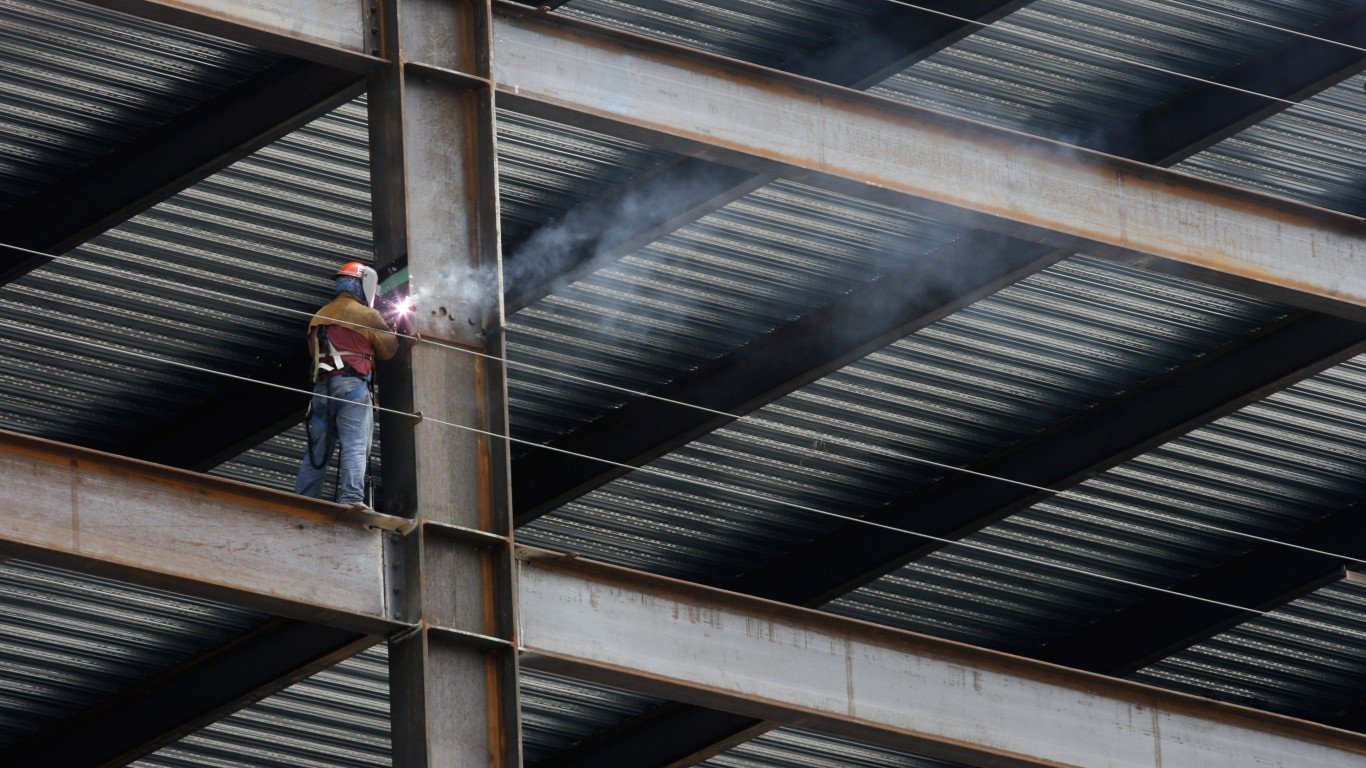
6. Structural Iron and Steel Workers
> Fatal injuries in 2017: 33.3 per 100,000 workers
> Total: 14 fatal injuries, 1,280 nonfatal injuries
> Most common fatal accidents: Falls, slips, trips
> Median annual wage: $52,610
While just over 1% of total injuries sustained by structural iron and steel workers are fatal, the sheer number of injuries suffered while working cause it to be one of the nation’s most dangerous jobs. These workers are often required to perform at great heights as they install and repair iron and steel on buildings, bridges, and roads. Because of this, a fall, slip, or trip can be uncommonly dangerous and at times deadly.
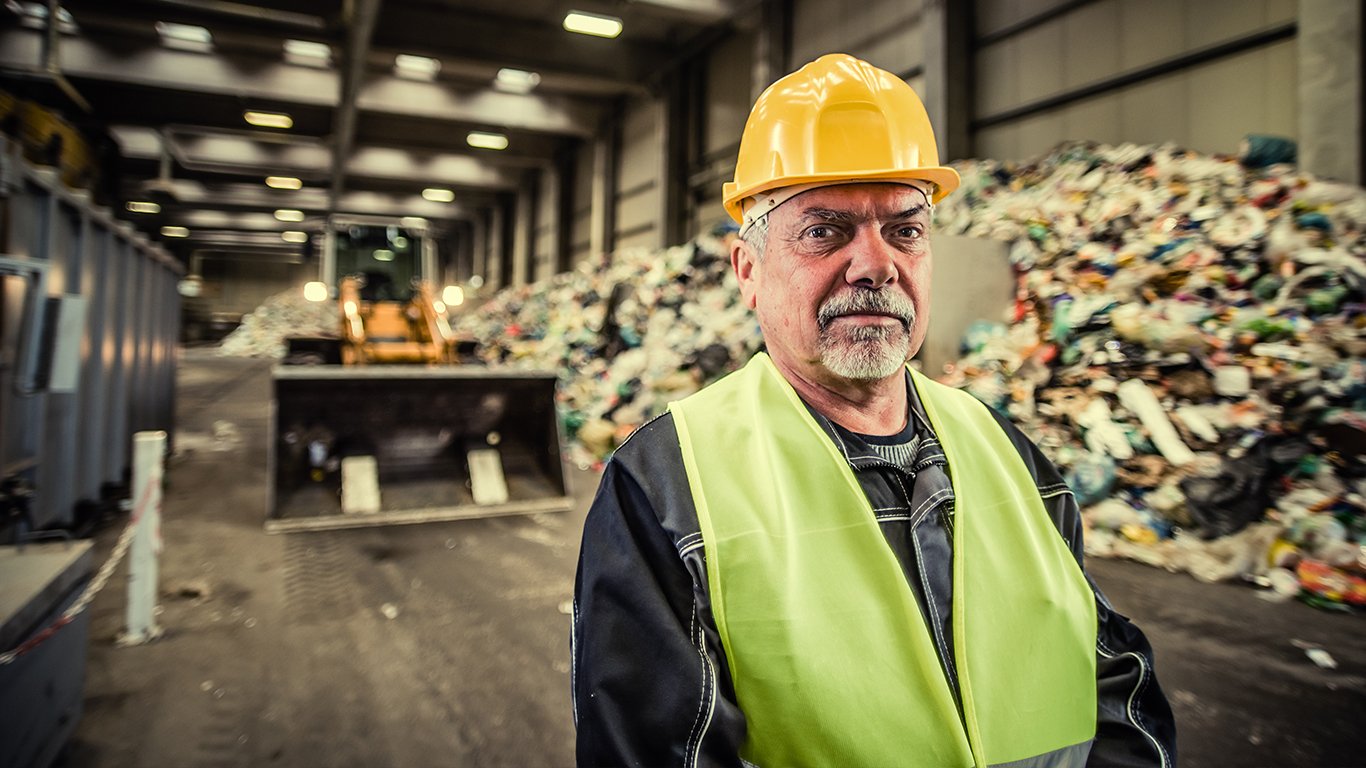
5. Refuse and Recyclable Material Collectors
> Fatal injuries in 2017: 34.9 per 100,000 workers
> Total: 30 fatal injuries, 1,340 nonfatal injuries
> Most common fatal accidents: Transportation incidents
> Median annual wage: $36,160
The vast majority of refuse and recyclable material collectors report working in a vehicle every day. As a result, these workers undergo numerous injuries caused by transportation incidents, including automobile accidents, each year. They are also often exposed to contaminants such as pollutants, which can result in illness.
[in-text-ad]
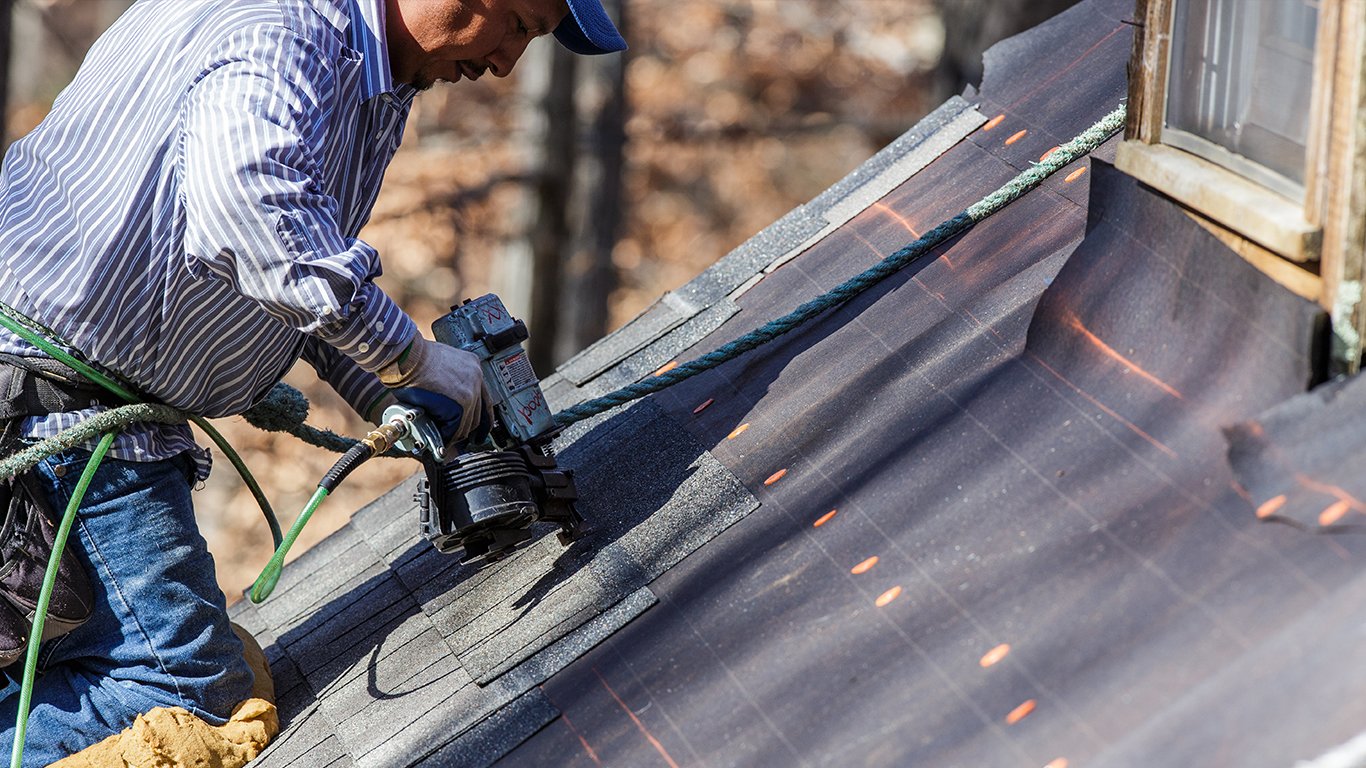
4. Roofers
> Fatal injuries in 2017: 45.2 per 100,000 workers
> Total: 91 fatal injuries, 2,810 nonfatal injuries
> Most common fatal accidents: Falls, slips, trips
> Median annual wage: $38,970
Due to the nature of roofing work, a fall, slip, or trip can result in serious injury in ways it would not for a person working on level ground. Roofers can slip from scaffolds, ladders, or roofs, falling to lower levels. Roofers are also at risk of heat-related illnesses from working in the hot sun during summer months.

3. Aircraft Pilots and Flight Engineers
> Fatal injuries in 2017: 51.3 per 100,000 workers
> Total: 59 fatal injuries, 630 nonfatal injuries
> Most common fatal accidents: Transportation incidents
> Median annual wage: $111,930
The most common injuries for aircraft pilots and flight engineers are transportation-related. Of course for pilots involved in any sort of crash, injuries can easily be fatal. The work of a pilot can be extremely demanding due to both mental stress and demanding scheduling, including overnight layovers, and exhaustion is a risk. The safety risks of the occupation are well rewarded, however, with the median annual wage being nearly three times the average for all occupations.

2. Logging Workers
> Fatal injuries in 2017: 87.3 per 100,000 workers
> Total: 55 fatal injuries, 350 nonfatal injuries
> Most common fatal accidents: Contact with objects and equipment
> Median annual wage: $38,840
While the logging industry takes numerous measures to promote safety among workers, the nature of the work means there will be injury and fatalities. Logging is physically very demanding and requires that workers labor primarily outdoors and often in remote areas, far from medical aid. The most common accident is when a worker is struck by an object, such as a log or falling branch, or experiences a mishap with dangerous machinery, such as harvesters and chainsaws, which are common in the trade.
[in-text-ad-2]

1. Fishers and Related Fishing Workers
> Fatal injuries in 2017: 100.0 per 100,000 workers
> Total: 41 fatal injuries, 120 nonfatal injuries
> Most common fatal accidents: Transportation incidents
> Median annual wage: $28,310
Fishers and related fishing workers had the highest rates of fatal injury in 2017. Commercial fishing is largely physical work that involves fishing nets, gear and slippery decks. Fishers and related fishing workers can also be exposed to challenging environmental factors, such as extreme weather. In addition, workers may be out on the water or working from a remote area when an accident occurs, and easy access to a hospital or medical professional may not be readily available. The majority of fatalities among fishers and related fishing workers are due to drowning.
Sponsored: Find a Qualified Financial Advisor
Finding a qualified financial advisor doesn’t have to be hard. SmartAsset’s free tool matches you with up to 3 fiduciary financial advisors in your area in 5 minutes. Each advisor has been vetted by SmartAsset and is held to a fiduciary standard to act in your best interests. If you’re ready to be matched with local advisors that can help you achieve your financial goals, get started now.
Thank you for reading! Have some feedback for us?
Contact the 24/7 Wall St. editorial team.
 24/7 Wall St.
24/7 Wall St. 24/7 Wall St.
24/7 Wall St. 24/7 Wall St.
24/7 Wall St. 24/7 Wall St.
24/7 Wall St.
